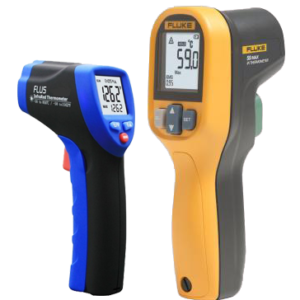Temperature Measurements
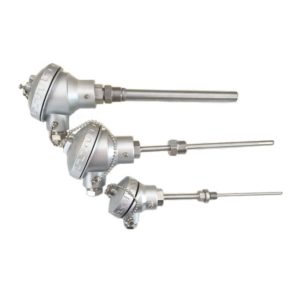
RTDs
Resistance Temperature Detectors (RTDs), are sensors used to measure temperature. Many RTD elements consist of a length of fine wire wrapped around a ceramic or glass core but other constructions are also used. The RTD wire is a pure material, typically platinum, nickel, or copper. The material has an accurate resistance/temperature relationship which is used to provide an indication of temperature. RTD in industrial applications is rarely used above 660 °C.
Types :
- Two wire RTD
- Three wire RTD
- Four wire RTD
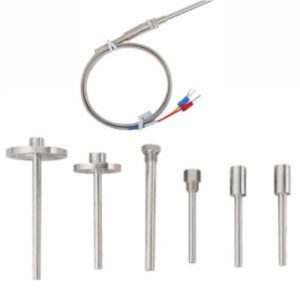
Thermocouples & Thermowells
A Thermocouple is an electrical device consisting of two dissimilar electrical conductors forming electrical junctions at differing temperatures. A thermocouple produces a temperature-dependent voltage as a result of the thermoelectric effect, and this voltage can be interpreted to measure temperature. Thermocouples are widely used in science and industry. Applications include temperature measurement for kilns, gas turbine exhaust, diesel engines, and other industrial processes.
Types :
- E, J, K, T, B, R and S
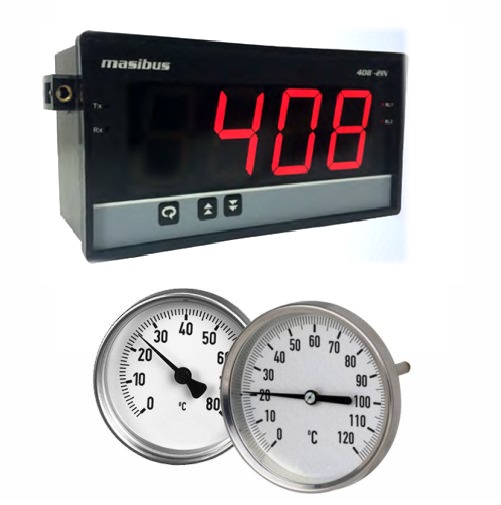
Temperature Gauges / Indicators
Temperature gauges operate on the gas-actuated, bimetal, or expansion principle. They can measure temperatures between -200 … +700 °C. All instruments are also suitable for operation in thermowells.
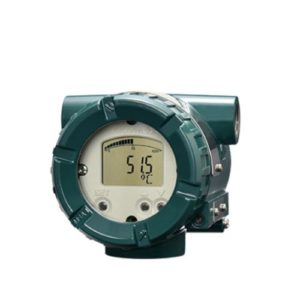
Temperature Transmitters
A Temperature Transmitter is a device that connects to a temperature sensor to transmit the signal elsewhere for monitoring and control purposes. A temperature transmitter is an electrical instrument that interfaces a temperature sensor (e.g. thermocouple, RTD, or thermistor) to a measurement or control device (e.g. PLC, DCS, PC, loop controller, data logger, display, recorder, etc.). Typically, temperature transmitters isolate, amplify, filter noise, linearize, and convert the input signal from the sensor then send (transmit) a standardized output signal to the control device. Common electrical output signals used in manufacturing plants are 4-20mA or 0-10V DC ranges. For example, 4mA could represent 0°C and 20mA means 100°C.
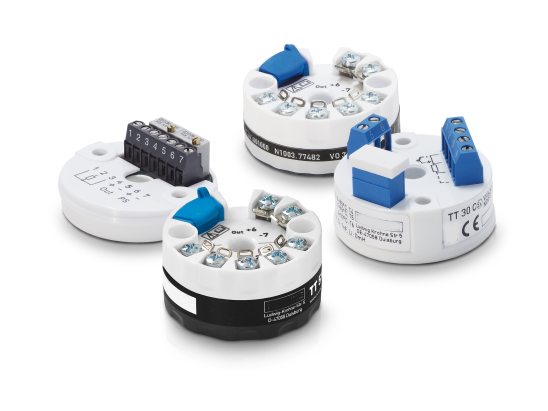
Head Mounted Transmitters
Head Mount Temperature Transmitter to convert TC/RTD/Linear volts/Linear resistance input signals into a scalable 4 to 20 mA analog output signal. These types of Temperature Transmitters commonly used in RTD.
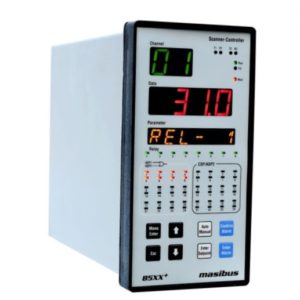
Temperature Scanners
A Temperature Scanner is a device that measures more than one temperature points or multi-channel. It is actually a multi-channel indicator that measures and displays signals of each channel one-by-one up to last channel and then returns to the first channel and continues the process cyclically. This continuous cyclic process of measurement is called scanning. Temperature is the most widely measured parameter in industry. By using a temperature scanner, temperature of multiple points can be measured in a single unit thus saving cost and space. Thus Temperature scanners are also called as multi-point indicators / scanners. Temperature Scanners are essentially based on digital technology or microprocessor / microcontroller based. It is capable of measuring temperature from resistance temperature sensors like RTD Pt100 or from different types of thermocouples like J, K, R, S, T, B, E and N. Temperature Scanners have facility of alarm/ control relay outputs, serial communication port to connect to SCADA / DCS / PLC. Applications of Temperature Scanners are seen in almost all types of Industries.
